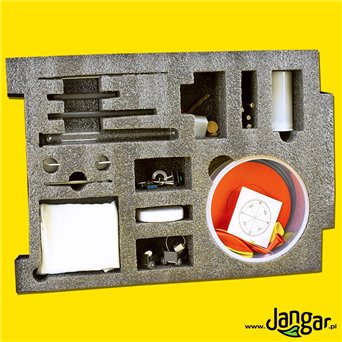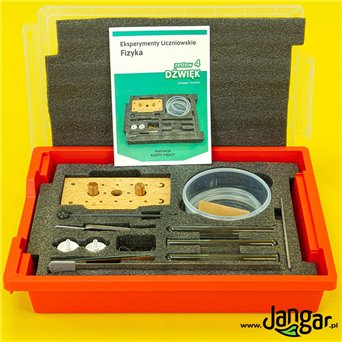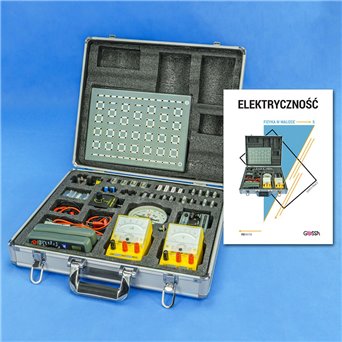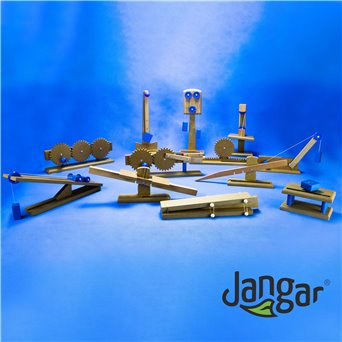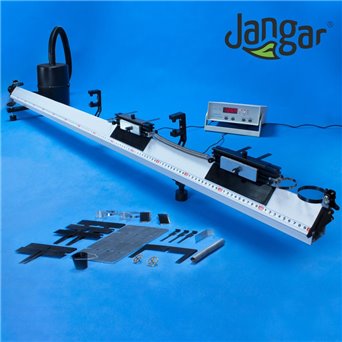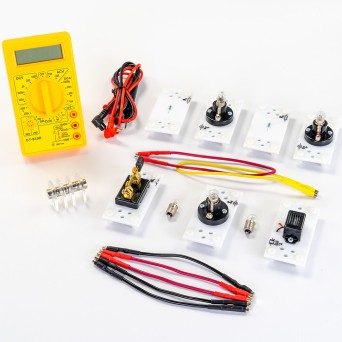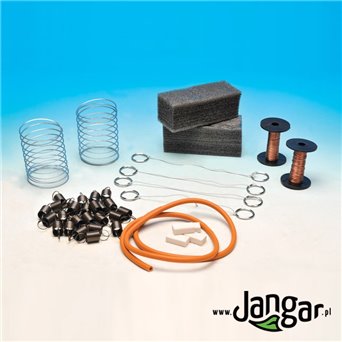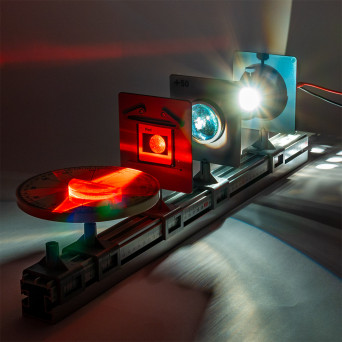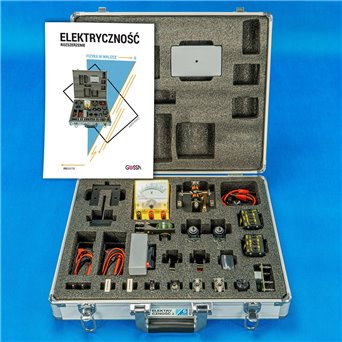
A well-equipped physics laboratory is essential for providing students with hands-on experience and practical knowledge of physics concepts. Properly equipped physics lab should have a variety of materials for experiments (traditional and modern ones) such as masses, springs, lenses, mirrors, prisms, thermometers, and stopwatches, but also computer based teaching kits like the sets for conducting video measurements of the real physics phenomena or digital sensors and meters. The lab should also have safety equipment like fire extinguishers, safety goggles, first aid kit, and safety shower.
Well-equipped physics lab is essential for effective teaching and learning of physics concepts. It provides students with hands-on experience and helps to develop their problem-solving and critical thinking skills.
A Physics Lab in a school should be equipped with a variety of apparatus and equipment to facilitate learning and experimentation. The following are examples of commonly used teaching aids and kits that should be included in a physics lab:
-
Basic equipment such as meter sticks, rulers, stopwatches, and balances to measure mass and weight.
-
Optics equipment, such as lenses, mirrors, prisms, and light sources, including laser pointers and diffraction gratings, to study the behavior of light.
-
Electrostatics equipment such as Van de Graaff Generators, electroscopes, and Leyden jars, to demonstrate the behavior of electric charges.
-
Magnetism equipment, such as bar magnets, horseshoe magnets, and magnetic compasses, to study the behavior of magnetic fields.
-
Mechanics equipment, such as inclined planes, pulleys, and force sensors, to study motion, force, and energy.
-
Thermodynamics equipment such as thermometers, heat pumps, and calorimeters, to study heat and temperature.
-
Electronics equipment such as breadboards, resistors, capacitors, and transistors, to learn about basic electronic circuits and their components.
In addition to the above equipment, a physics lab should also have access to computer-based simulation software that can help students to understand difficult concepts and visualize theoretical models.
Some popular teaching aids and kits used in physics labs include:
-
The Atwood Machine, which demonstrates the laws of motion and the relationship between force, mass, and acceleration.
-
The Bernoulli's principle demonstration, which explains the relationship between fluid flow and pressure.
-
The Rutherford Scattering Experiment, which helps students understand the structure of the atom.
-
The Ripple Tank, which demonstrates wave behavior and interference.
-
The Magnetic Field Mapping kit, which allows students to visualize the magnetic field around a magnet.
-
The Thermodynamics Kit, which includes equipment to study heat transfer, the properties of gases, and the laws of thermodynamics.
-
The Young's Modulus Kit, which measures the stiffness of different materials and helps students understand the concept of elasticity.
Some other popular scientific instruments and teaching aids that are also commonly used in physics laboratories include:
-
Newton's Cradle: This classic scientific toy demonstrates the laws of conservation of energy and momentum.
-
Optical Bench: An optical bench is a long, narrow table used for experiments in optics. It includes a light source, a collimator, and various lenses and mirrors.
-
Vernier Calipers: These are precision instruments used for measuring small distances and thicknesses.
-
Oscilloscope: An oscilloscope is an electronic instrument used for displaying and analyzing voltage signals.
-
Force Meters: These are instruments used for measuring force or weight.
-
Resistor Kits: These kits contain different types of resistors used for experiments in electrical circuits.
-
Magnetic Field Demonstrator: A magnetic field demonstrator is a device used to visualize magnetic fields and their properties.
-
Inertia Ball: An inertia ball is a device used to demonstrate the concept of inertia.
-
Digital Balance: A digital balance is a precision instrument used for measuring mass.
-
Spectrometer: A spectrometer is an instrument used for measuring the properties of light, such as its wavelength.
- Models of simple machines.
- Kits enabling students computer-based video measuring of real experiments.
In addition to these instruments and teaching aids, the physics laboratory should also have basic equipment like tables, chairs, and storage cabinets. The laboratory should also have access to electrical outlets, gas lines, and water supply as required by experiments.
Overall, a well-equipped physics laboratory is essential for providing students with hands-on experience and practical knowledge of physics concepts. Well-equipped physics lab with the appropriate teaching aids and kits will surely help students better understand and appreciate the concepts of physics.


















































































































































































































































































































































